
Thanh Ha village is located in the west of Hoi An, this is a village that was formed quite early, around the 16th century. Through the development process, in the 19th century, Thanh Ha village had a large area with 13 hamlets including An Bang, Boc Thuy, Nam Dieu, Thanh Chiem, Bau Sung, Bau Oc, Hau Xa, Trang Keo, Cua Suoi, Ben Tre, Dong Na, Nha/Tra Que, Con Dong, spreading from the north bank of Thu Bon river to along De Vong river and bordering the sea. In which, An Bang hamlet has a special position in the historical - cultural flow of the village.
An Bang hamlet borders Dam river to the south, Nam Dieu and Boc Thuy hamlets to the other side of the river, Hoa Yen village to the west, Bau Sung hamlet to the north and Thanh Chiem hamlet to the east. The northern part of An Bang is a large sand dune strip stretching from Lai Nghi to Thanh Chiem, Hau Xa, and the southern part is an ancient alluvial land, rice fields and traces of the ancient river/Roc Gom embracing the sand dunes flowing to the east.
Place names such as Trang Dai, Trang Cay Quan, Con Ong Do, Roc Gom, Dong Cat, Dam River, Trung Dam Field, Ba Cong Well... have partly reflected the diversity of terrain, geomorphology, and hydrology of An Bang land. Geological research results show that the geological formations of Thanh Ha land in general, An Bang in particular, are 4,500 - 10,000 years old (according to Cat Nguyen Hung, Hoang Anh Son (1995), Overview of the geology of Hoi An area, In Hoi An Monuments Management and Conservation Center, Sa Huynh Culture in Hoi An (proceedings of the conference on Sa Huynh Culture in Hoi An in 1995), printed at Quang Nam Printing Company, 2004, pages 50-56) . Currently, in An Bang land, there are still many relics and traces proving the long-standing historical and cultural process of generations of residents from the Sa Huynh Culture period through the Champa period, Dai Viet to the present day.

In preparation for the 1990 international conference on Hoi An Ancient Town, an archaeological field study was conducted in Hoi An in 1989 by the Vietnam Cultural Center - Hanoi University of Science (now the University of Social Sciences and Humanities - Vietnam National University, Hanoi) and the Hoi An Monuments and Tourism Services Management Board (now the Hoi An Cultural Heritage Management and Conservation Center). The results revealed the first three Sa Huynh Cultural sites in Hoi An, including one in An Bang located on high ground next to Ong Do sandbank. In addition, traces of Cham architecture were also discovered on the sandbank in An Bang.
The results of the project “Archaeological excavation of Sa Huynh jar burial culture relics in Hoi An town” from 1993 to 1995 clarified the values of An Bang archaeological relics and its role, position and connection in the Sa Huynh cultural relic system in Hoi An in particular, in Quang Nam and Central Vietnam in general. In the excavation area of 26m2 , 16 cylindrical and pot-shaped (spherical) burial jars and many burial artifacts made of ceramic such as pots, vases, cups, Sa Huynh lamps... weapons and tools made of iron, jewelry made of stone and glass were discovered.
The outstanding feature of An Bang relic is that the jar tombs are buried in clusters, with a fairly high density, and most of the jar tombs have their own tomb border. However, there are also cases of 2 jars in 1 tomb border. Underneath the jars is a layer of yellow - dark brown stone. Around the jars are many ash and charcoal. The An Bang burial relics date back to C14, 2260 ± 90 BP, which is the earliest date in the Sa Huynh relic system in Hoi An. Through the characteristics of the distribution of artifacts, it can be seen that the burial ritual of Sa Huynh residents at An Bang relics has similarities with the Thanh Chiem, Hau Xa II and Hau Xa I burial sites.
The Cham architectural vestige discovered in An Bang is the foundation of a small shrine, commonly seen in Cham architecture, oriented East - West. The foundation of this architectural vestige is no longer intact, with one to three layers of bricks measuring 33cm x 17cm x 7cm. Underneath the brick layer is a layer of pebbles. Unfortunately, over time and the process of urbanization, this architectural vestige has been completely destroyed.
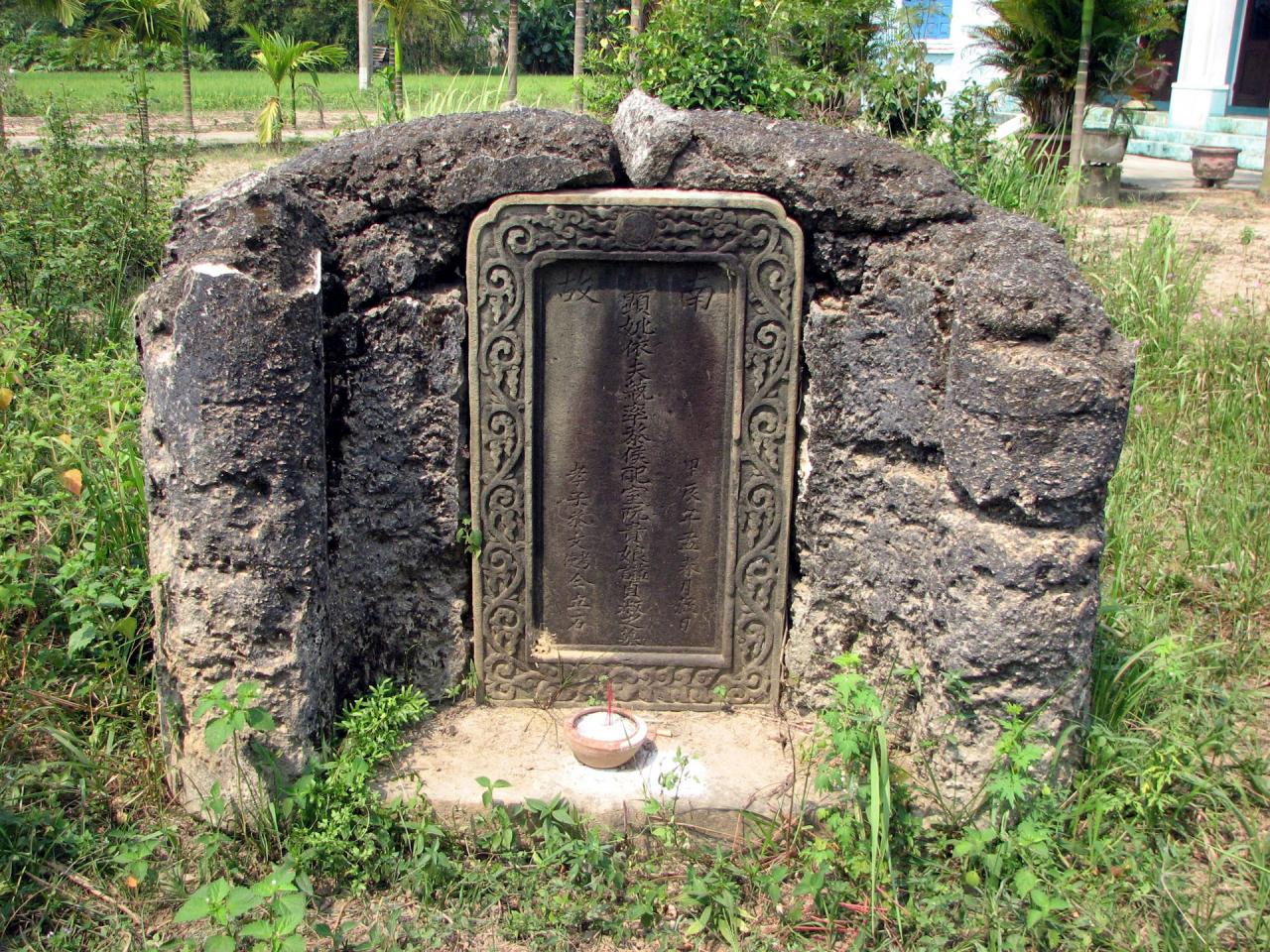
Since the end of the 15th century, Dai Viet residents have come to explore and settle in An Bang and Thanh Ha (according to documents and oral traditions, Thanh Ha village was founded by eight ancestors: Nguyen Van, Nguyen Viet, Nguyen Duc, Nguyen Kim, Nguy Nhu, Bui Phuoc, Vo Dinh, Vo Van). The process of establishing villages and developing An Bang in particular and Thanh Ha in general from the 16th century onwards has left many valuable relics and traces on An Bang land, proving the creative labor, bravery and dedication of the residents here as well as the role and position of this land in history. These are the system of religious architectural relics such as communal houses, Van Thanh, Tam Vi temples, Thanh Hoang temples, ancient tombs and many ancient wells.
According to Quang Nam communal house and many other sources, Thanh Ha communal house was originally built in An Bang hamlet, now the area of An Bang communal house and Minh Giac pagoda (the original An Bang communal house was in another location, severely damaged in 1958, in 1959, the communal house was rebuilt in its current location, on the old area of Thanh Ha village communal house).
Minh Giac Pagoda, formerly known as Cam Ha Buddhist Pagoda, was built in 1957. The communal house was completely damaged in 1947 and was later rebuilt in 1953 on Hau Xa land (Thanh Ha communal house today). The original communal house in An Bang was large in scale, with a surrounding wall; the front hall had a structure of 3 rooms and 2 wings with a wooden frame, brick walls, and tiled roof; the back hall had a tower. The interior of the communal house had 4 altars, the front hall had a red-lacquered and gilded incense table in the middle, against the back wall were the altars of the ancestors on both sides, the back hall was the altar of Dai Can (according to the records in Quang Nam Xa Chi, there were 4 separate royal decrees and 1 general royal decree about Dai Can) , with a kneeling platform above to grant the royal decree. The ceremony at the communal house was held twice a year on March 15 and August 16.

Next to the communal house, there are also the Ngu Hanh temple, the Tam Vi temple and the Thanh Hoang temple (according to the Quang Nam communal records, there are 4 separate and 3 common decrees on Thanh Hoang; 1 separate and 1 common decree on Ngu Hanh) , the ceremonies here all follow the communal house. Unfortunately, these religious institutions were completely destroyed before 1975.
Another religious institution related to the Confucian tradition in Thanh Ha located on An Bang land is Van Thanh. This relic is not far northwest of the village communal house (old), has a large scale, and holds annual ceremonies on the spring and autumn holidays. Like the above relics, Van Thanh temple was also destroyed by war bombs, now only the foundation and well remain.
According to statistics, there are at least 4 tombs with high historical and cultural value remaining in An Bang land. These tombs are all large in scale, built with lime and stone compounds, the tomb shape as well as the decorative patterns of the stone stele and the tomb architecture are all typical of the types of ancient tombs in Hoi An before the 19th century and the early Nguyen Dynasty; related to characters with special roles, positions or contributions. That is the tomb of Mr. Nguyen Duc Le, from An Bang hamlet, Thanh Ha village, who made great contributions during the Tay Son period, held the position of Grand Admiral of the Royal Thi Lan Guard, died in 1798 and was awarded the title of Deputy Commander of the Phu Quoc Thuong Tuong Quan. The tomb of Grand Admiral Nguyen Duc Le is one of the very few ancient tombs related to the Tay Son movement and dynasty still remaining in Hoi An, which is of great significance in the study of identifying the role and position of the land and people of Hoi An in this movement and dynasty.

About 200m north of An Bang communal house is the tomb of Mrs. Nguyen (Nguyen Quy Nuong), established around 1784. The decorative patterns on the tombstone are very sophisticated in the style of the Le Dynasty. The stele says that Mrs. Nguyen Quy Nuong's posthumous name is Trinh Thuc, and she is the wife of the Governor of the Le Dynasty. To the east of An Bang communal house is the tomb of Mr. and Mrs. Pham Luan, a Nguyen family member of Thanh Ha village, quite large in scale, built of stone around 1856 - 1857. This is one of the very special stone architectural tombs in Hoi An. To the west of the tomb of Grand Admiral Nguyen Duc Le is the tomb of the Nguyen family of Minh Huong village in Hoi An, established in 1864, with a majestic architecture and impressive decorative patterns. To the west is the tomb of Mr. Nguyen Chieu Dien, a medical practitioner, with the name Khanh Thien; to the east is the tomb of Mr. Nguyen Duy Duc, whose given name is Tich Thien, and his wife, Mrs. Le Thi Thu, whose given name is Pham Thanh.
In addition, there are still many ancient wells in An Bang such as Mr. Vo Vinh's well, Mrs. Nguyen Thi Tuat's well, Thanh's well (Mrs. Nguyen Thi Ro's house), Mr. Hiep's well, Mrs. Cong's well... The wells are round or round at the top and square at the bottom, built of bricks with a wooden frame underneath, and have an abundant source of fresh water. Some wells are still in use today. The presence of a fairly high density of ancient wells in An Bang has demonstrated the special economic, social, historical and cultural conditions here. At the same time, it also affirms the technical level and rich knowledge of the residents in exploiting and using fresh water resources.
The above-mentioned vestiges and relics show the special position of An Bang in the historical process of Thanh Ha land. The presence of cultural and religious institutions such as the village communal house, Van Thanh temple, Thanh Hoang temple, Tam Vi temple, Ngu Hanh temple has proven that An Bang once played the role of the center of Thanh Ha village in the past.
Source: https://baoquangnam.vn/dau-xua-tren-vung-dat-an-bang-3136837.html



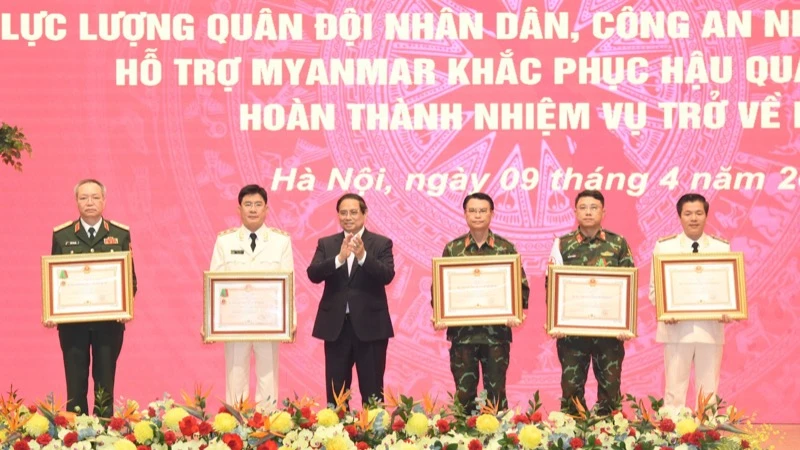
![[Photo] Opening of the 11th Conference of the 13th Party Central Committee](https://vstatic.vietnam.vn/vietnam/resource/IMAGE/2025/4/10/f9e717b67de343d7b687cb419c0829a2)

![[Photo] Prime Minister Pham Minh Chinh commends forces supporting Myanmar in overcoming earthquake consequences](https://vstatic.vietnam.vn/vietnam/resource/IMAGE/2025/4/10/e844656d18bd433f913182fbc2f35ec2)
![[Photo] April Festival in Can Tho City](https://vstatic.vietnam.vn/vietnam/resource/IMAGE/2025/4/10/bf5ae82870e648fabfbcc93a25b481ea)






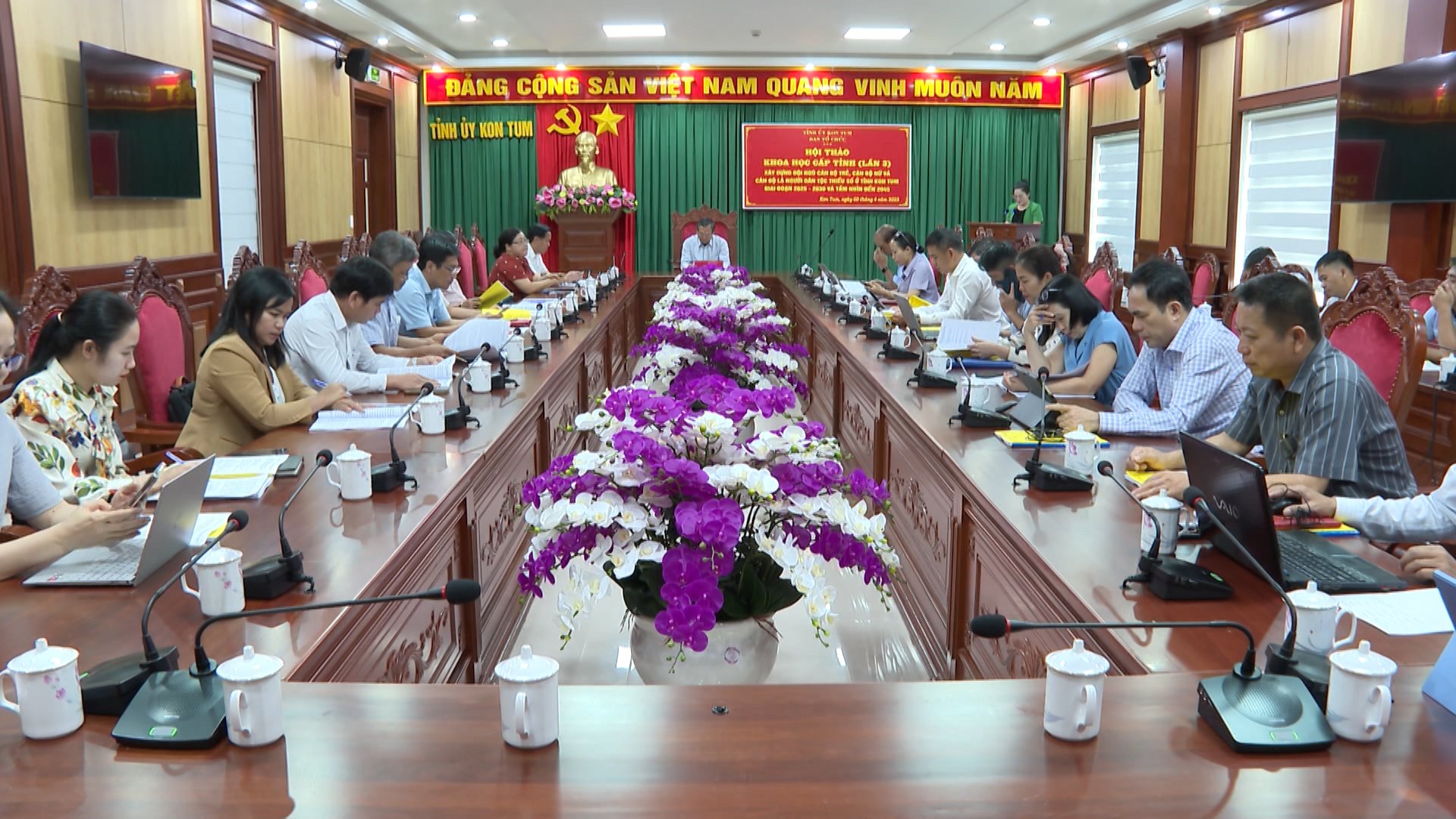

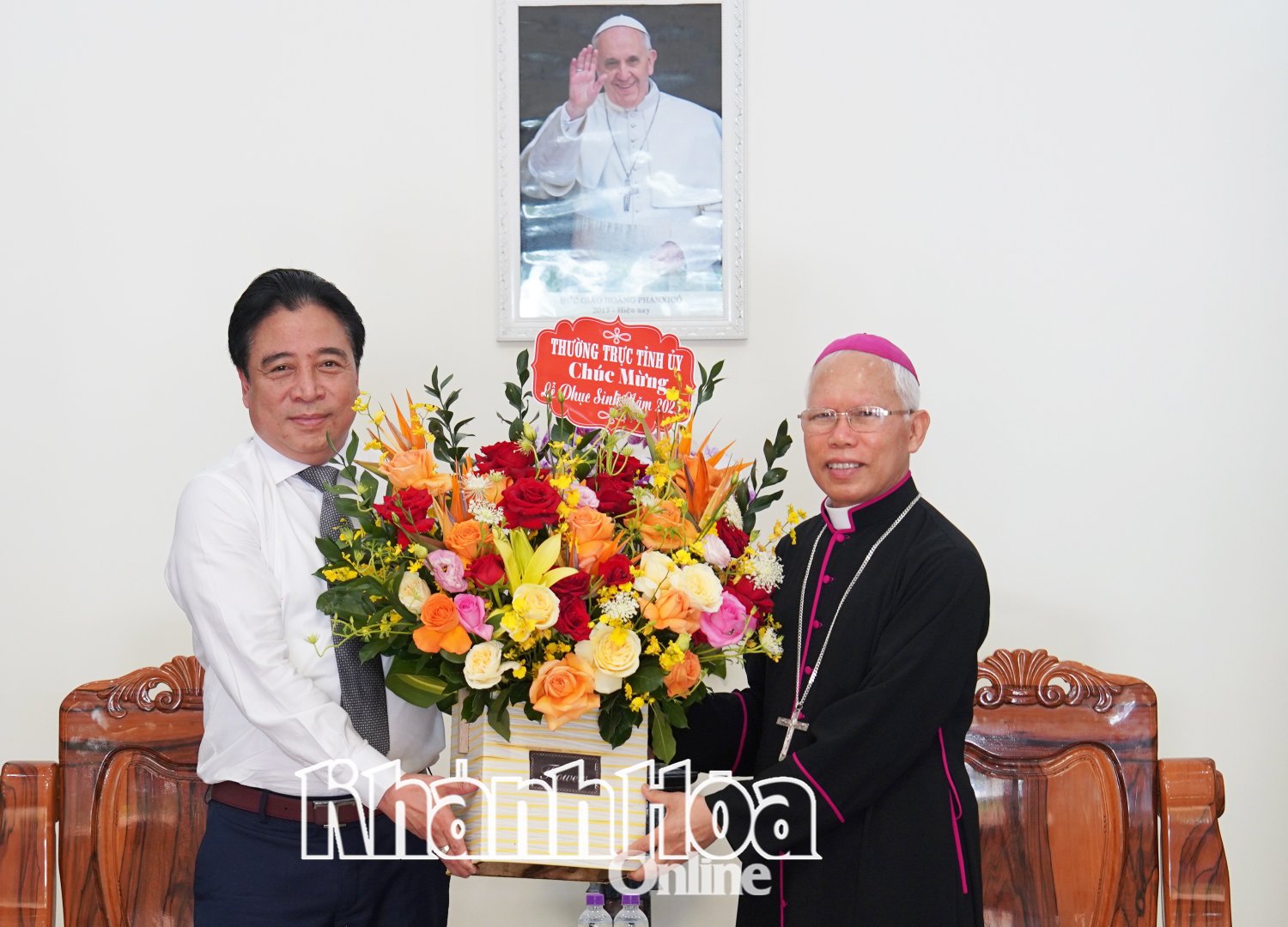

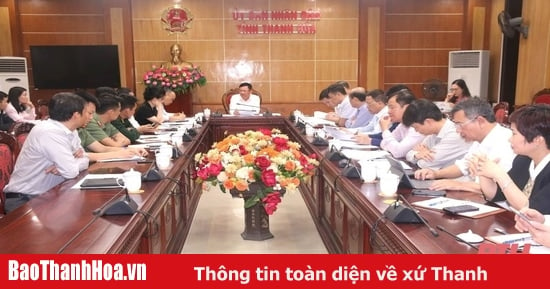
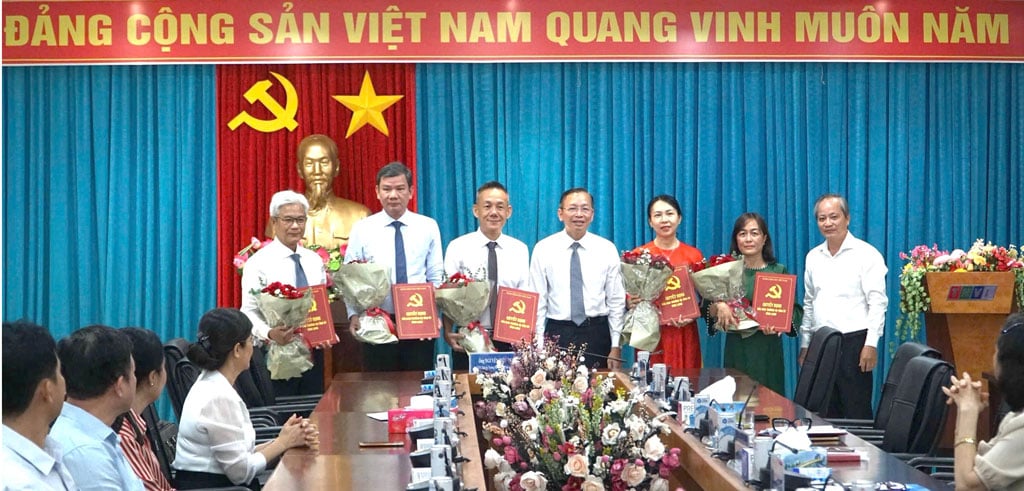



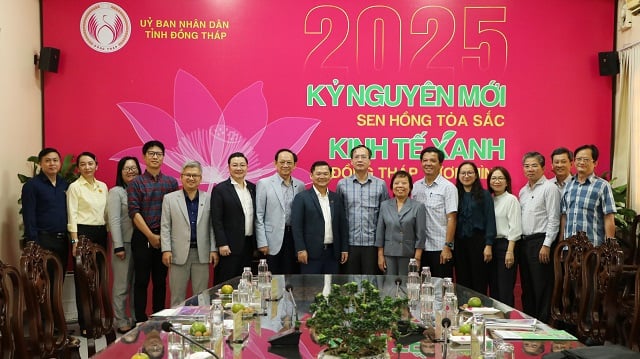

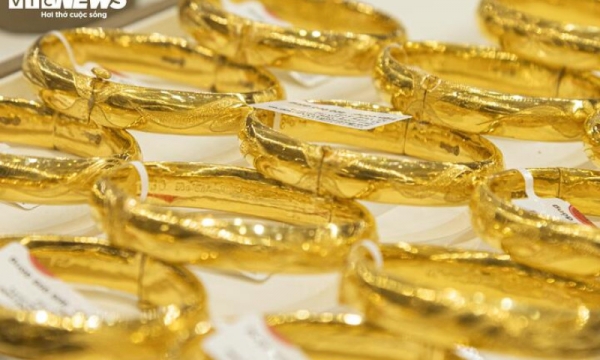
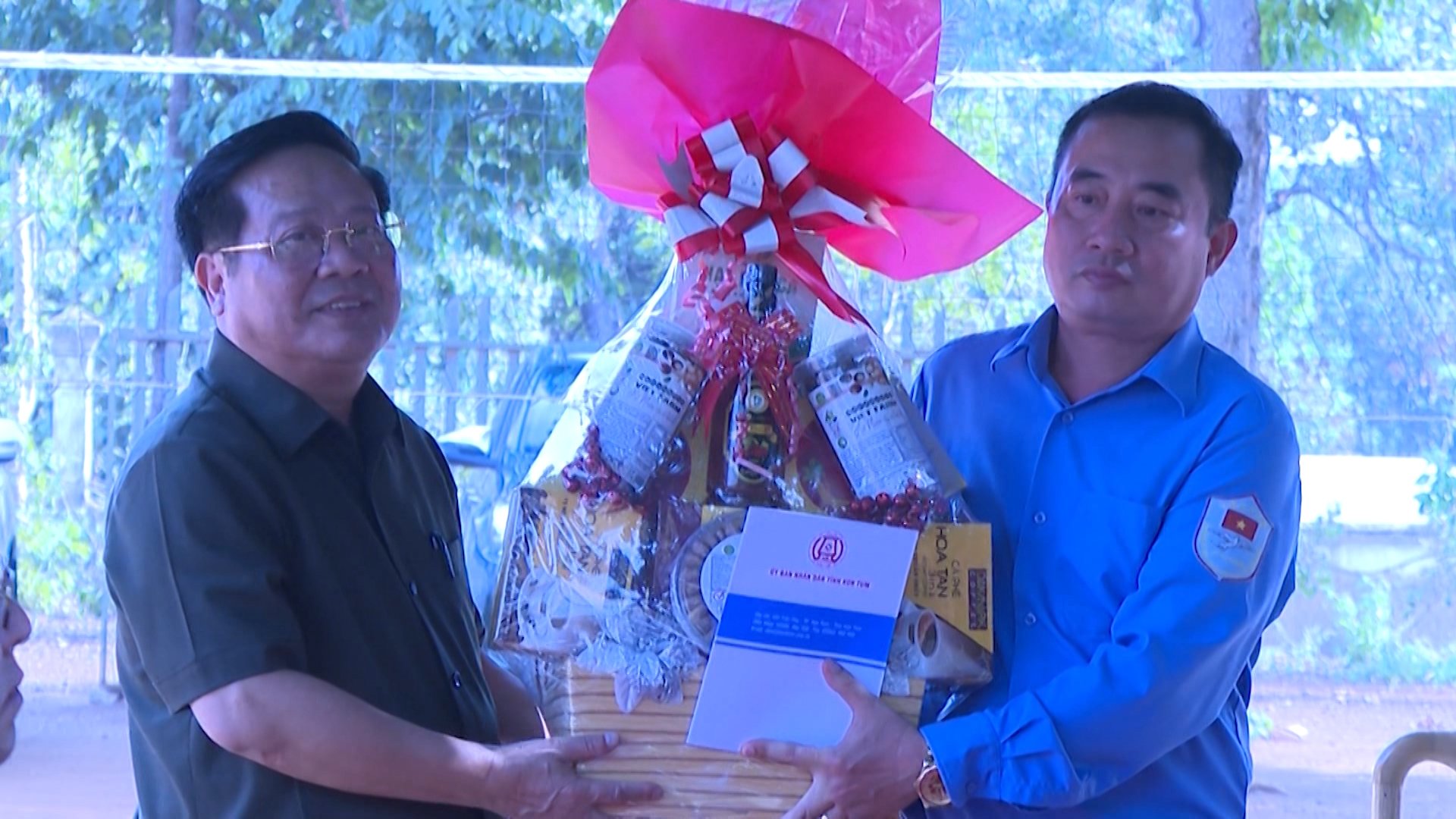

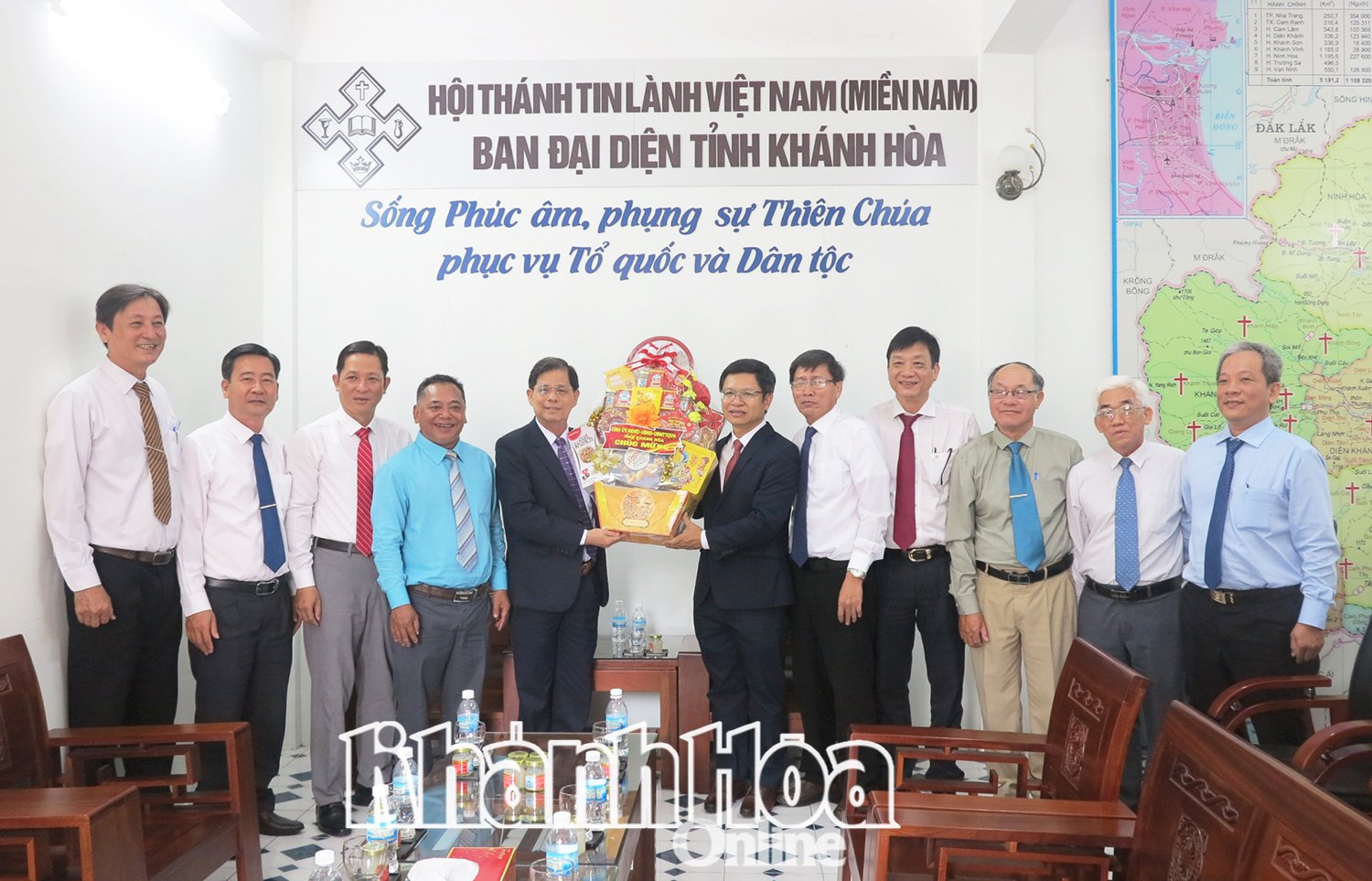
![[Photo] Reliving the heroic memories of the nation in the program "Hanoi - Will and belief in victory"](https://vstatic.vietnam.vn/vietnam/resource/IMAGE/2025/4/10/19ce7bfadf0a4a9d8e892f36f288e221)

















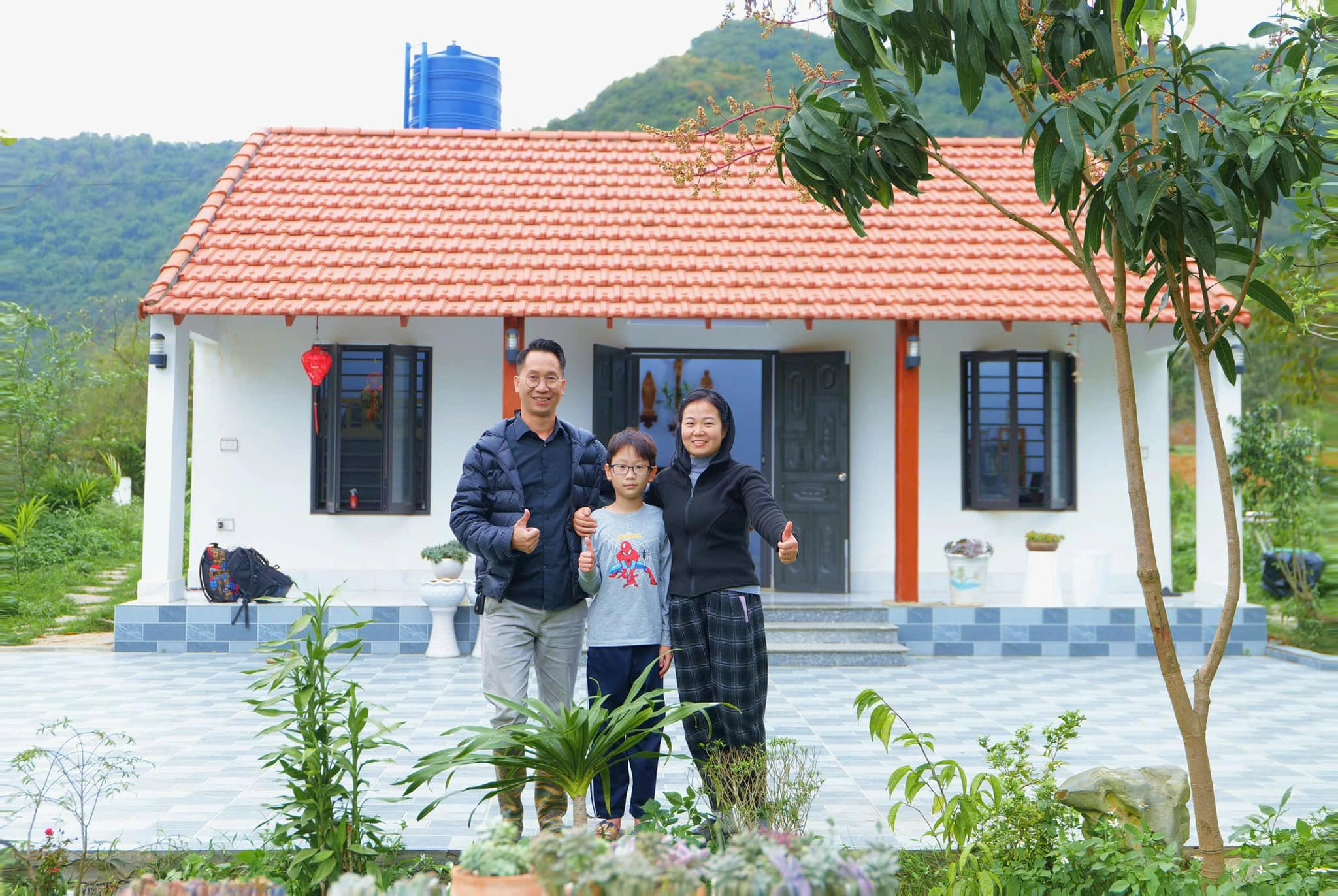

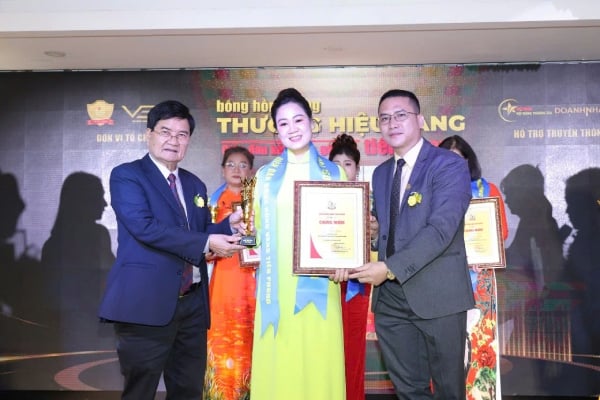



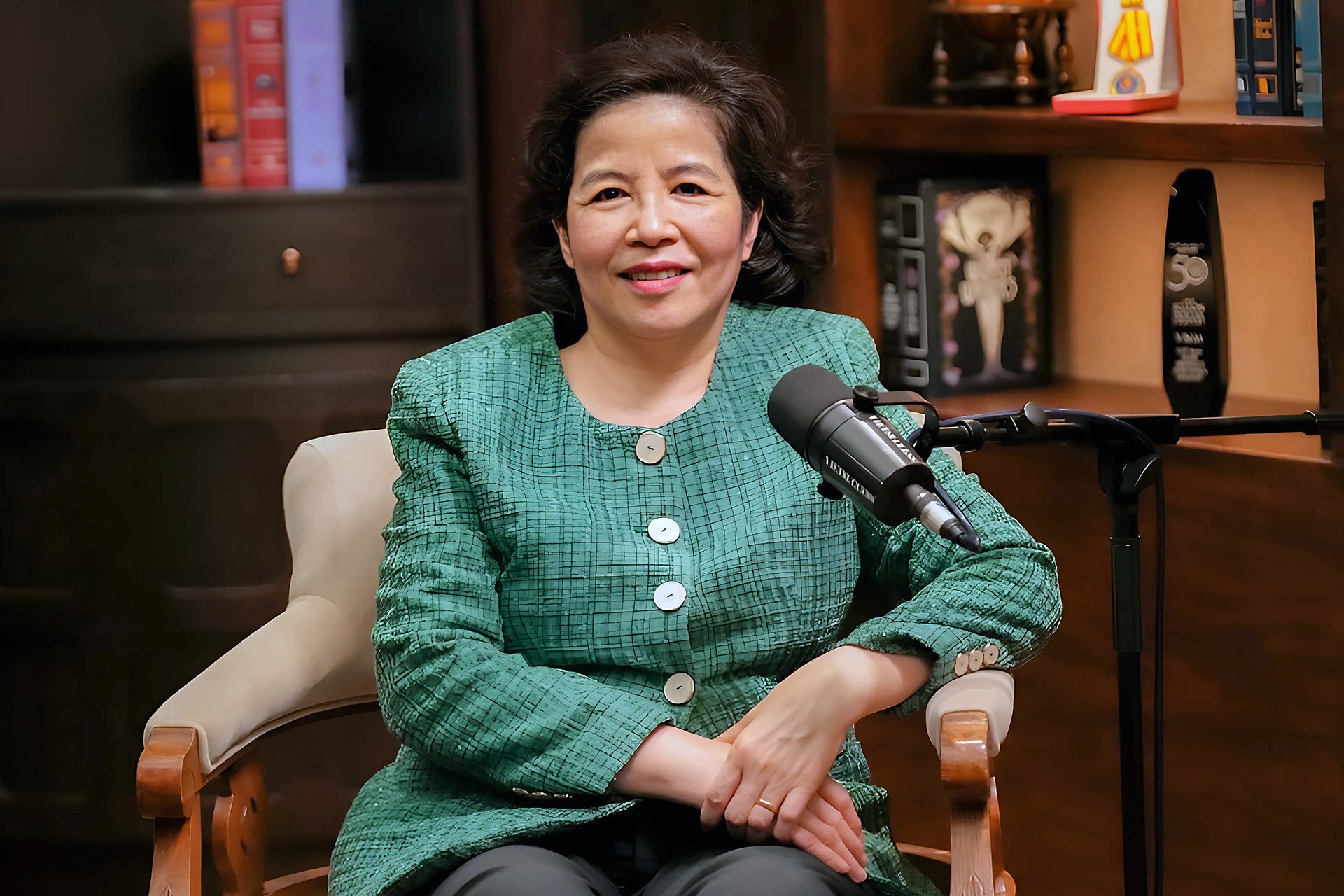






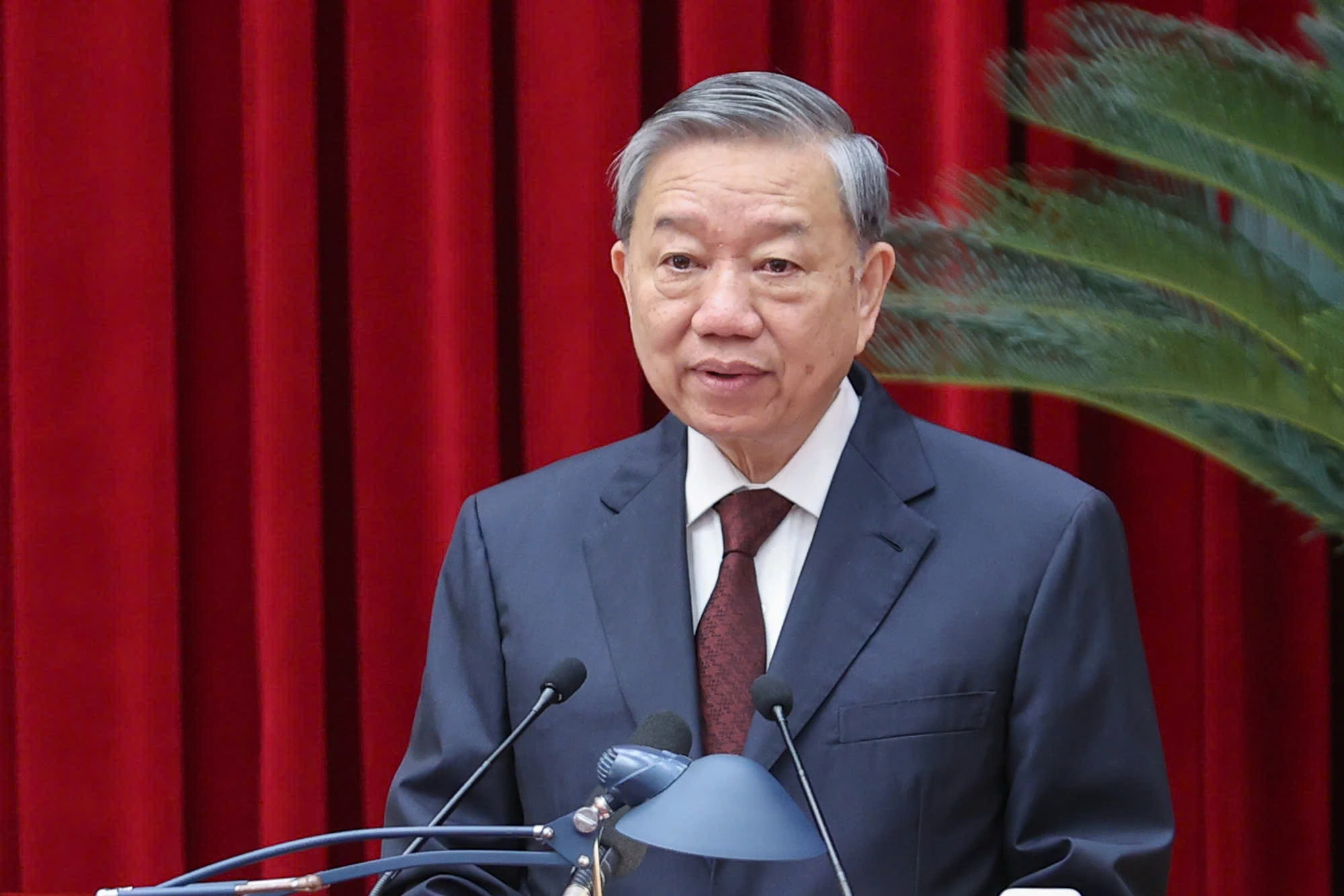
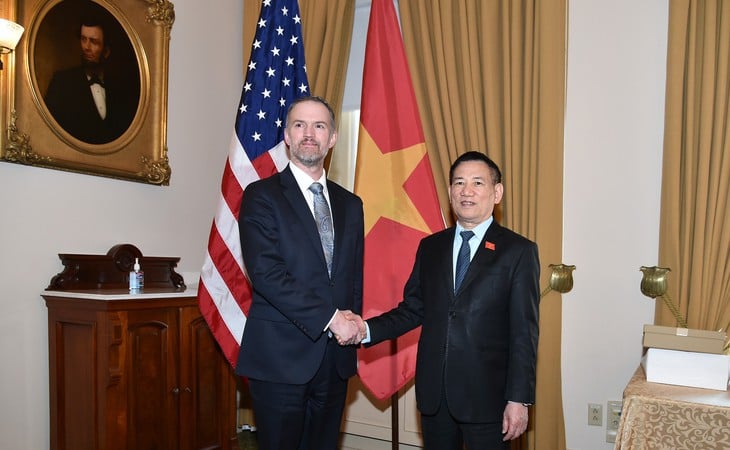

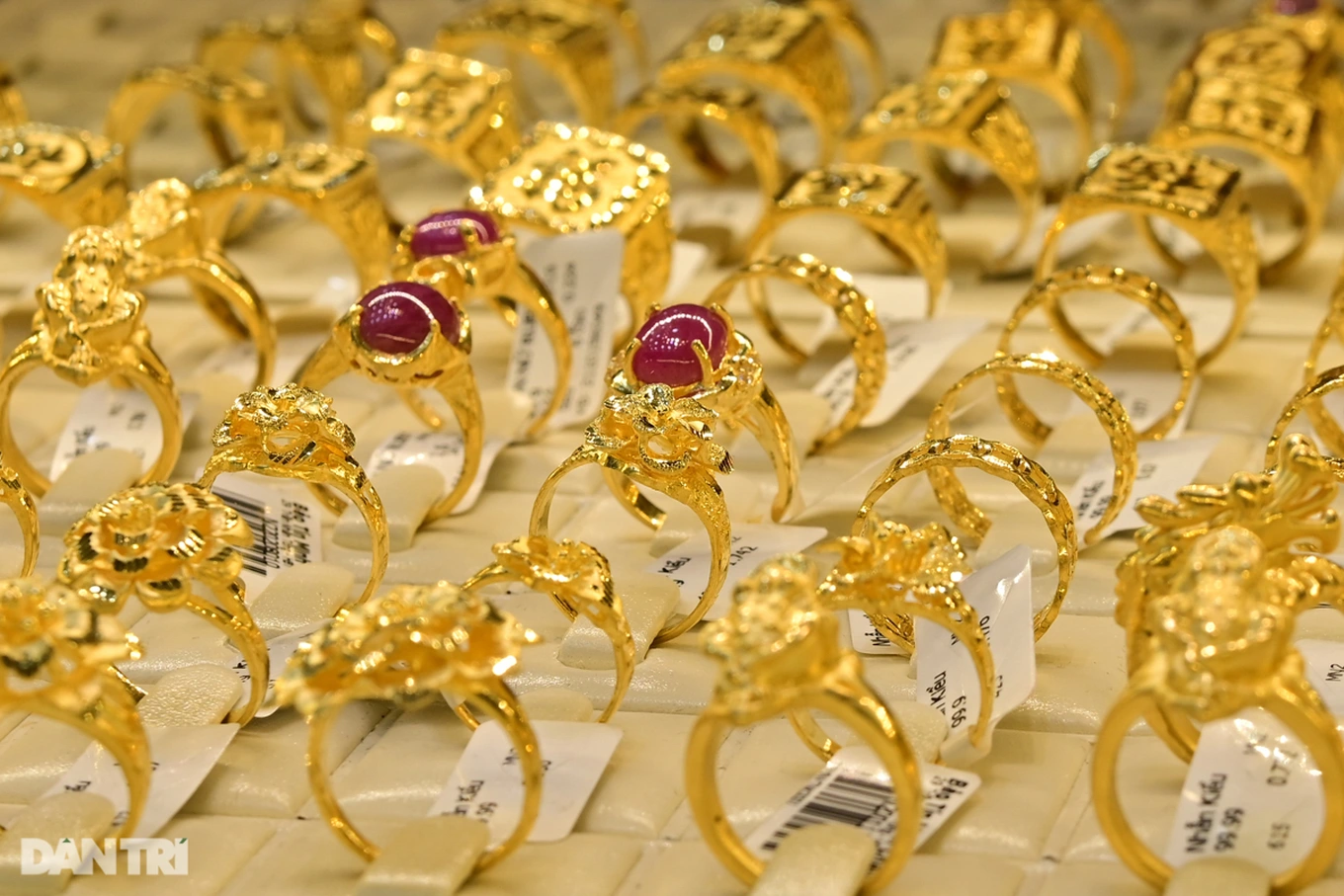








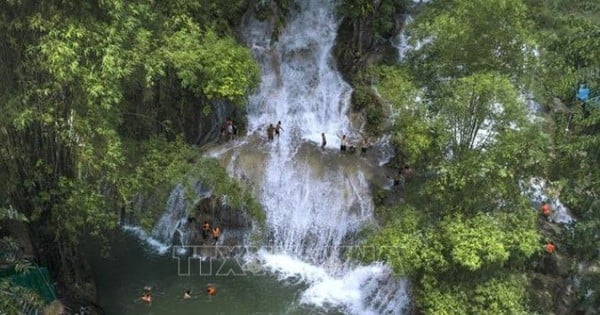



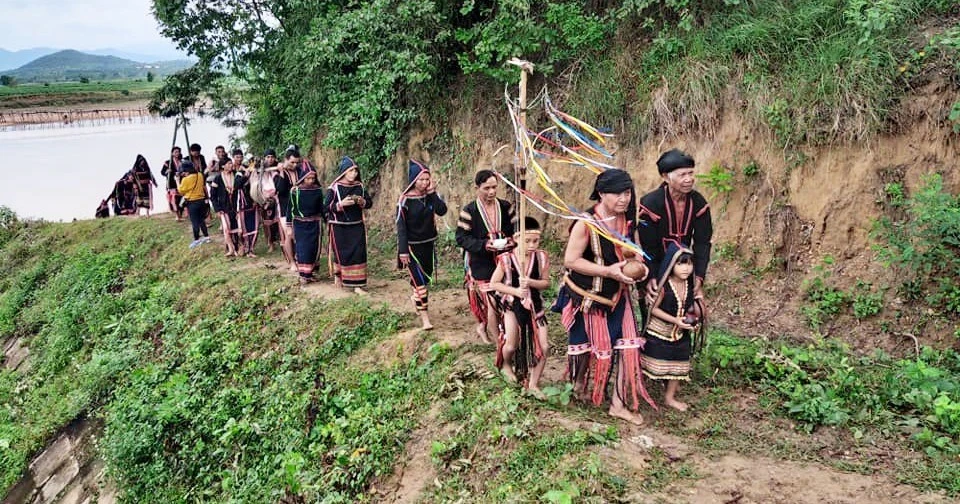










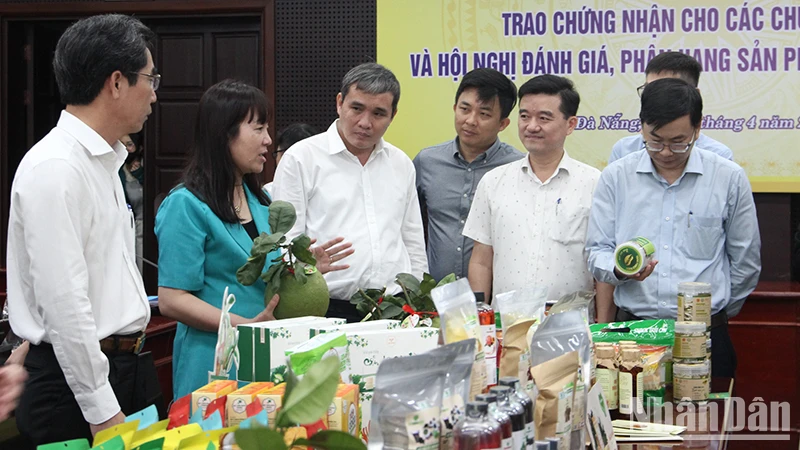
Comment (0)